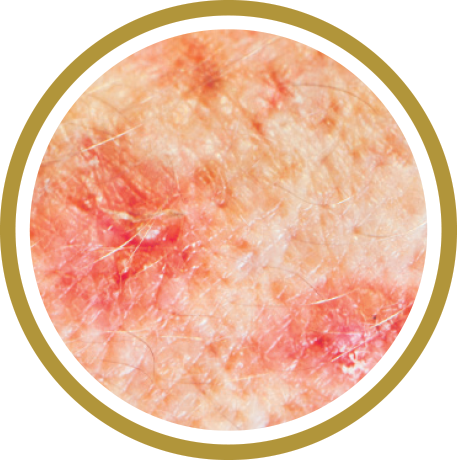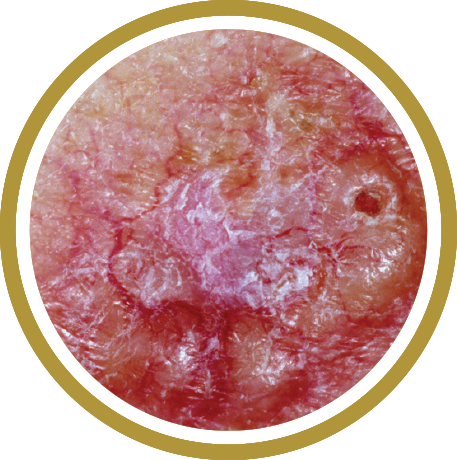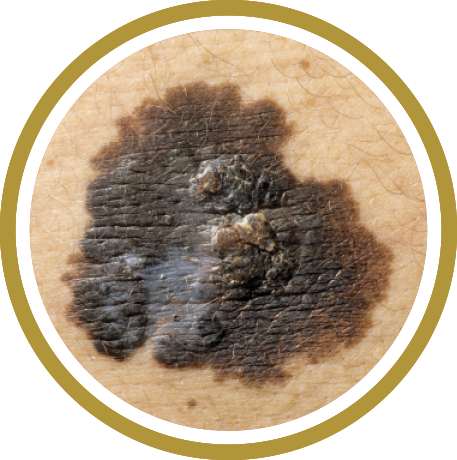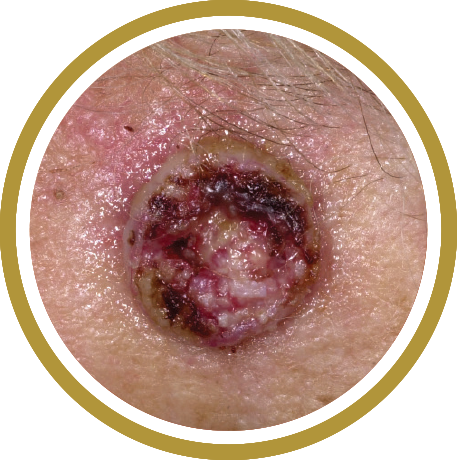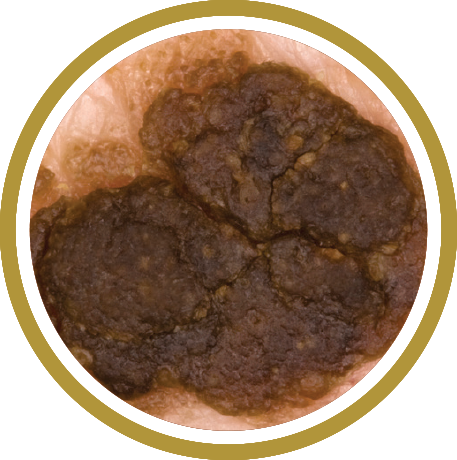Atypical Nevus
Atypical nevi, also known as atypical moles, are benign (non-cancerous) lesions that look different from common moles. Most atypical nevi remain stable over time. However, they may increase your risk for melanoma, a serious skin cancer.Appearance
Atypical nevi can be found anywhere on the body, though you’ll usually find them in sun-exposed areas such as the back, chest, abdomen, and extremities. Their appearance meets one or more of the ABCDE guidelines of melanoma, which include:- Asymmetry
- Border irregularity
- Color variability
- Diameter of 6mm or more
- Evolution or change
- Appearance different from other moles
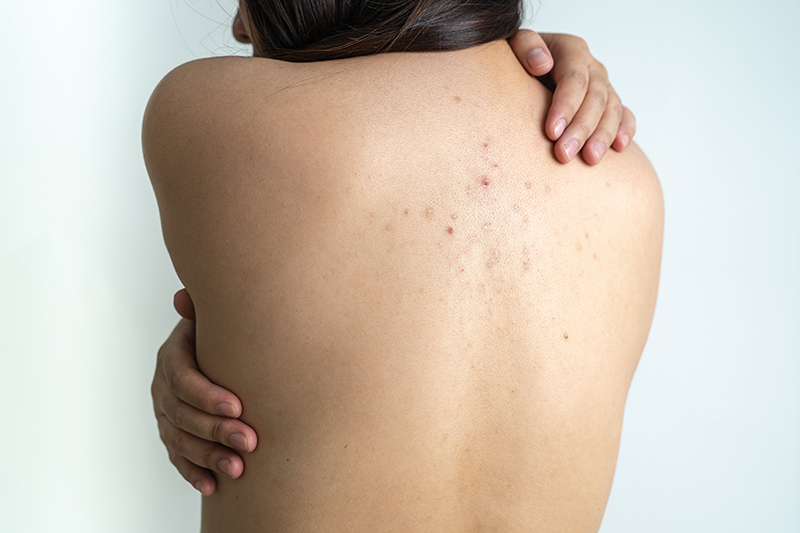
Atypical nevi generally first appear during adolescence, although they can develop during any period of your life. They are composed of melanocytes (cells that make the pigment in your skin) that grow in organized clusters instead of being evenly distributed throughout your skin.
Learn how to examine your skin


